Two-Spirit
"These Wisconsinites were liberating themselves. Somehow, despite the oppression and homophobia, they had a place."—Dick Wagner
Related Clips:
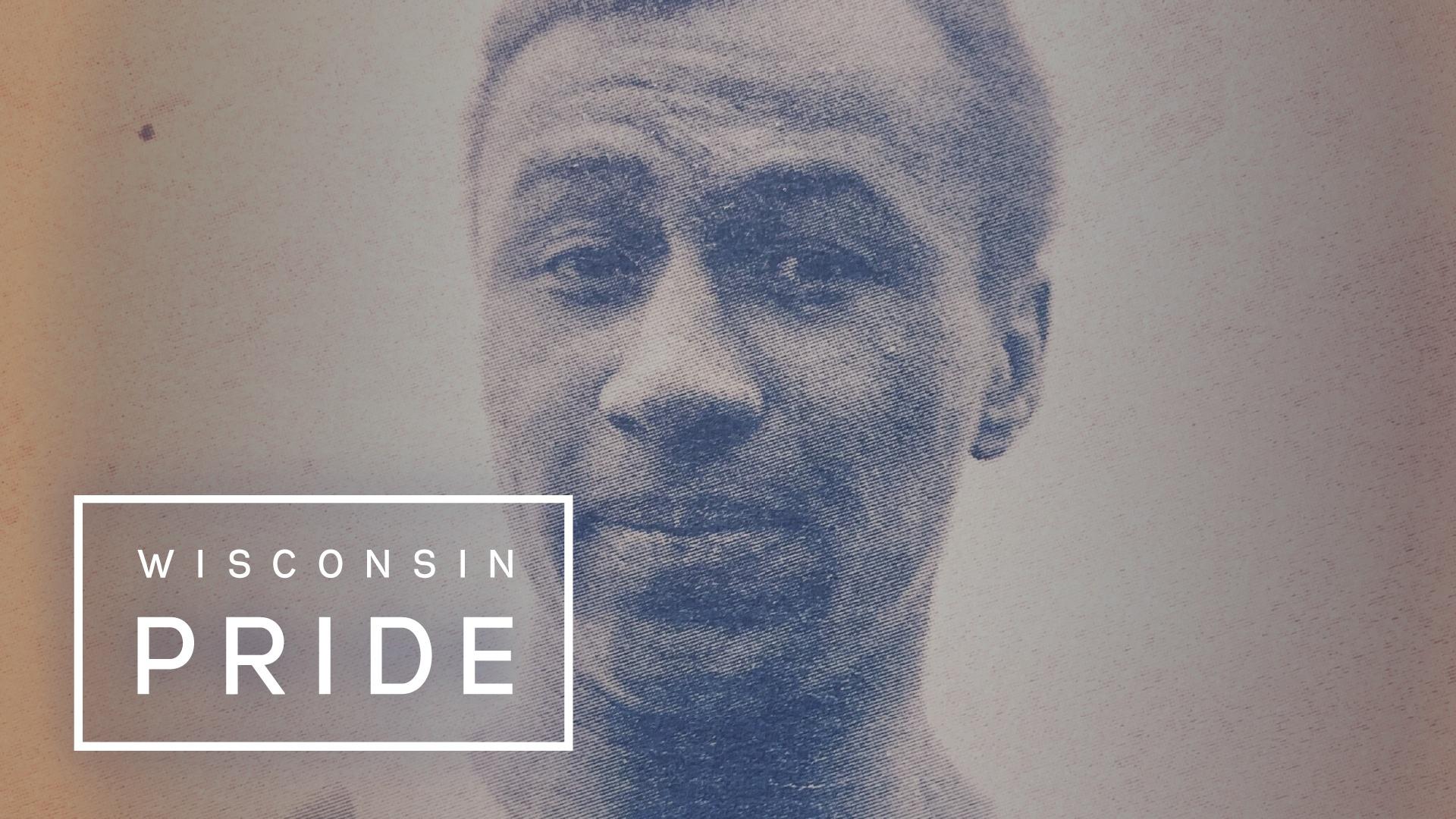
Part One: Hidden Histories
Wisconsin’s untold LGBTQ+ history is full of brave individuals who lived authentic lives.
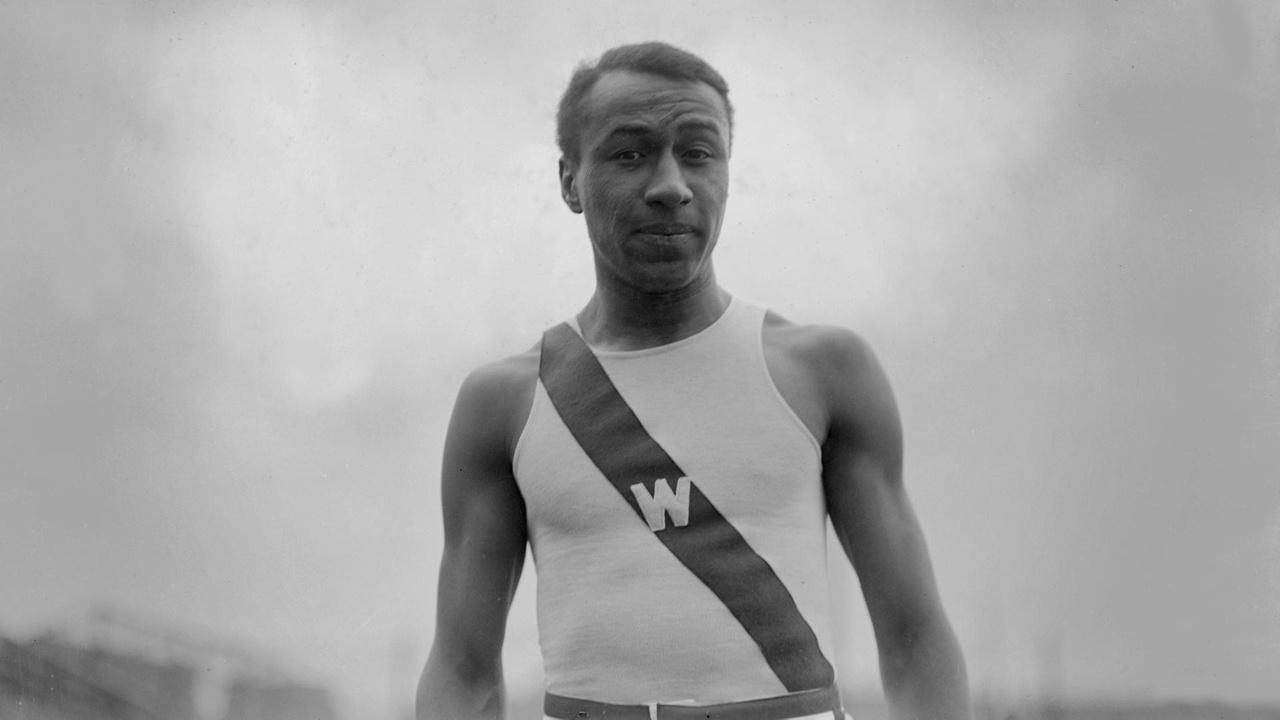
George Poage
La Crosse’s George Poage, the first Black Olympic medalist, lived a hidden life.

Ralph Kerwineo
Put on trial for gender expression, Ralph Kerwineo became the “Girl-Man” of Milwaukee.
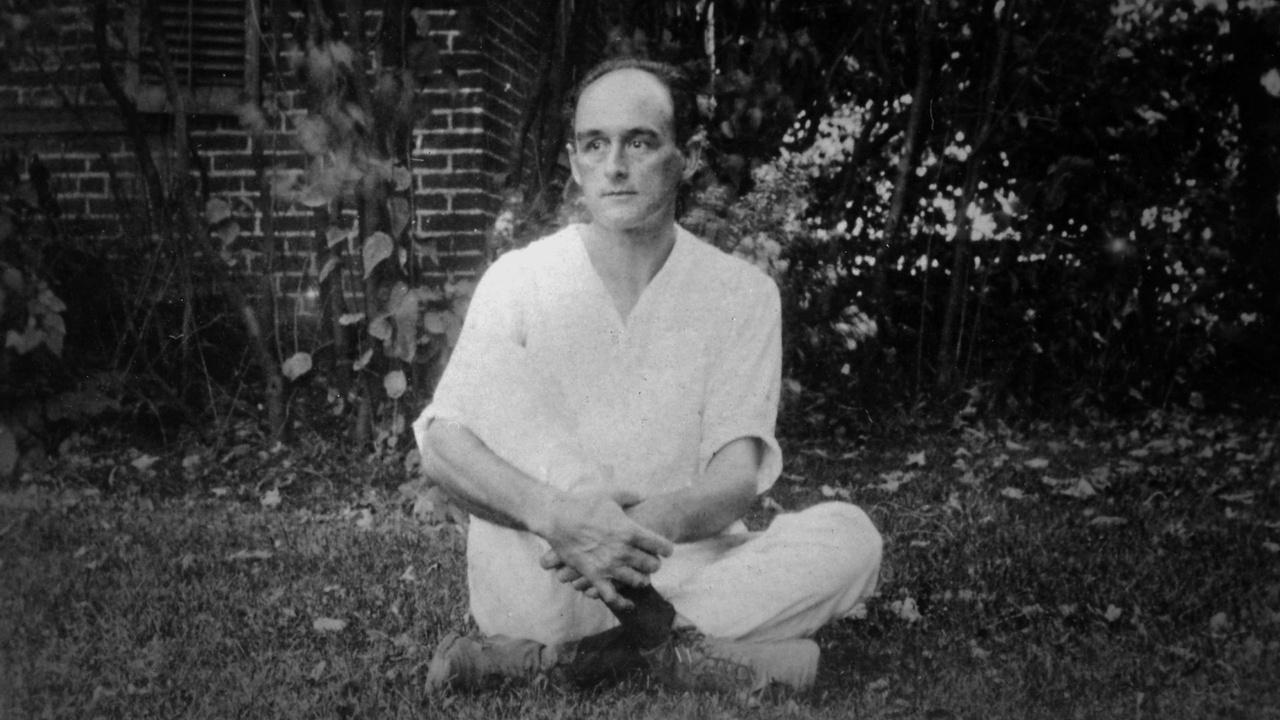
Ralph Warner
Called Wisconsin’s first out gay man, Warner defied the gender expectations of his time.
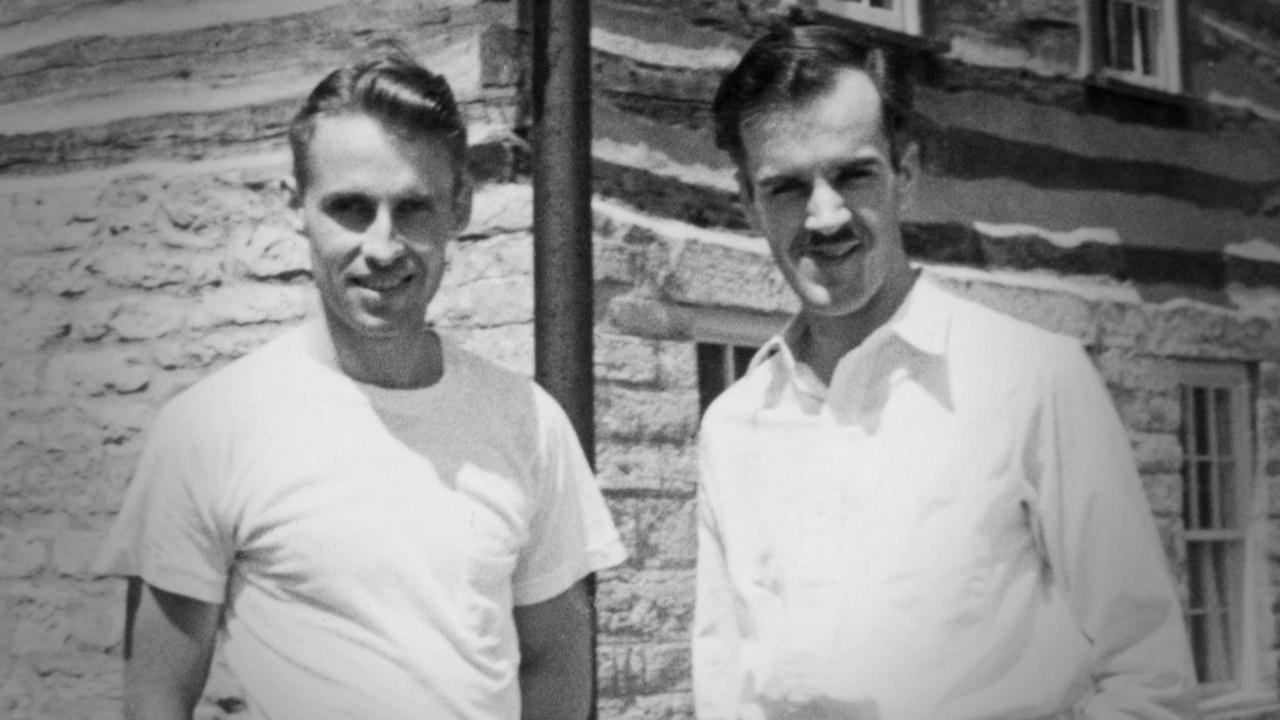
Pendarvis
Influenced by Warner’s example, two gay men created the influential historic site.

Layton School of Art
The progressive, visionary lesbian couple behind Milwaukee's Institute of Art and Design.
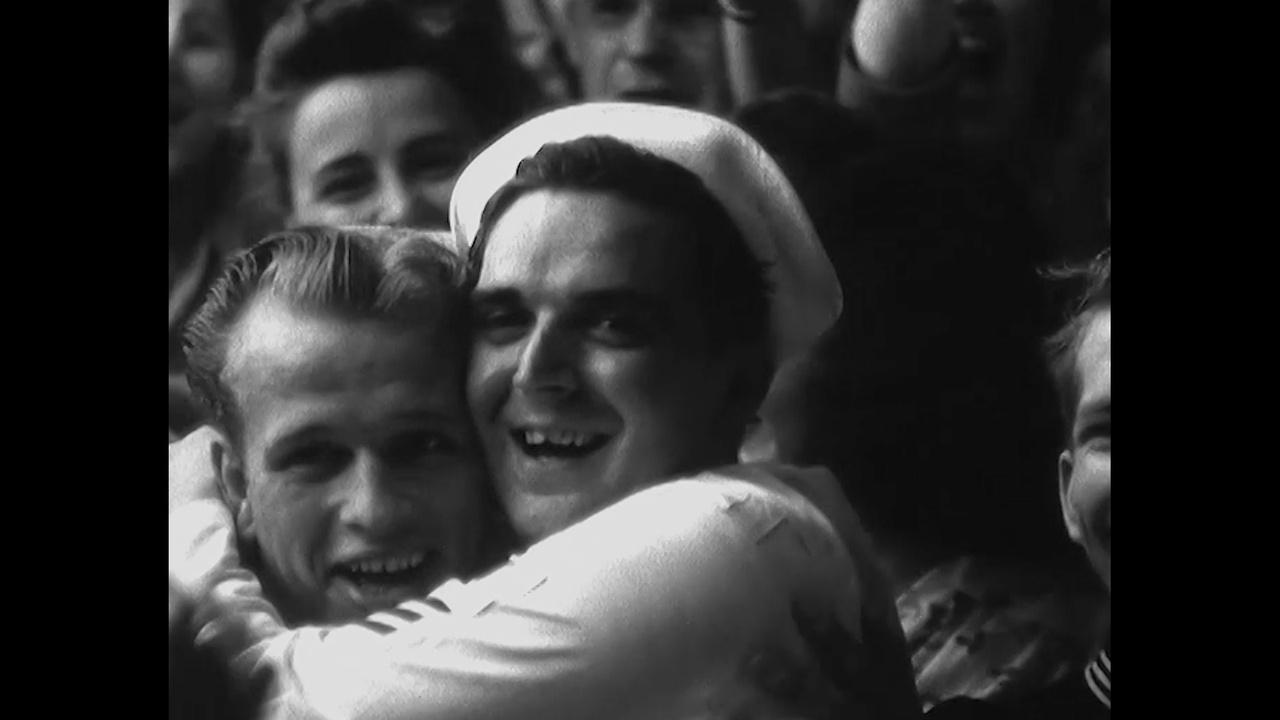
World War Two
World War Two fight held unfulfilled promises for a better life for LGBTQ+ Americans.

Haresfoot
In UW’s Haresfoot club, men performed in drag, but members ran afoul of the University.
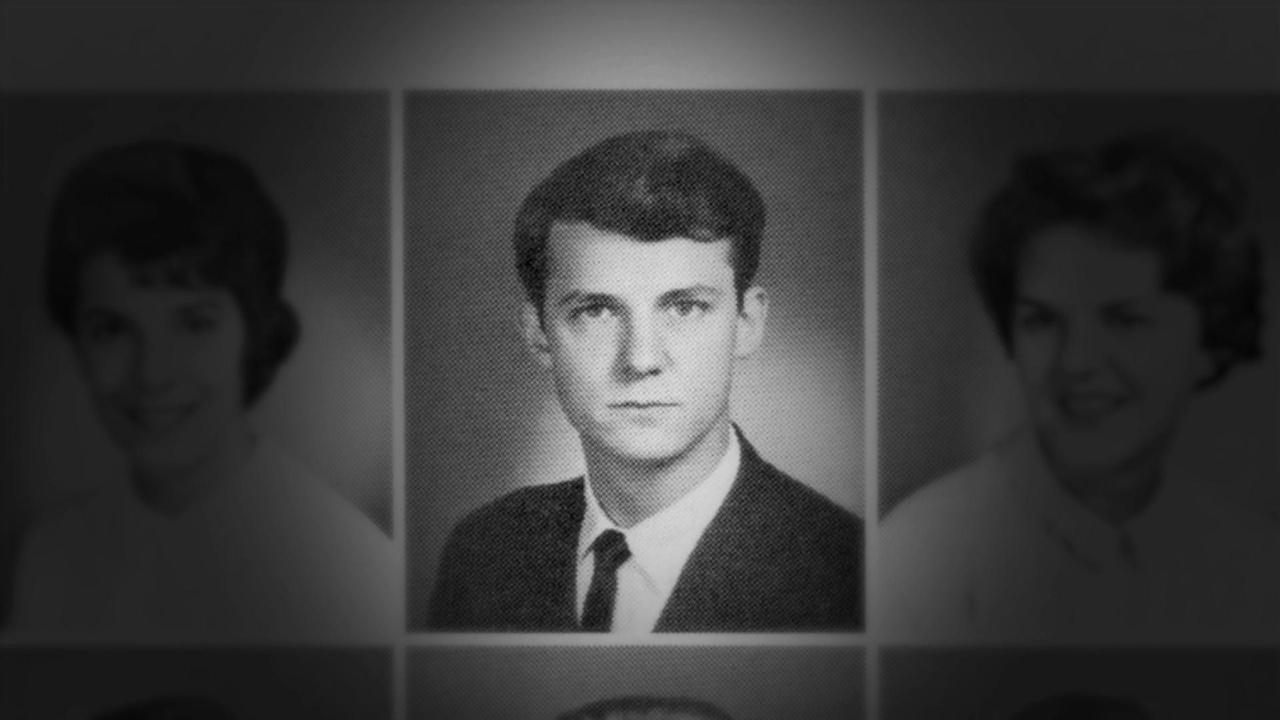
The Purge
A secret policy of removing gay students and staff from UW-Madison took an enormous toll.
 Passport
Passport
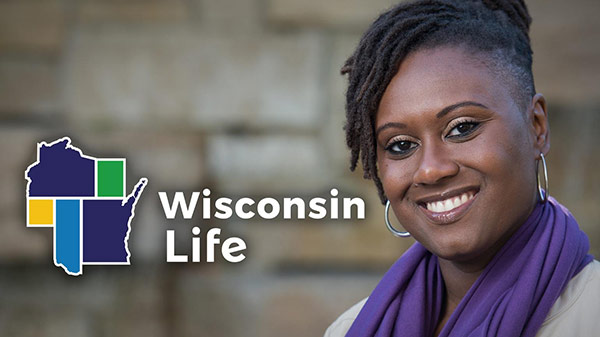





Follow Us